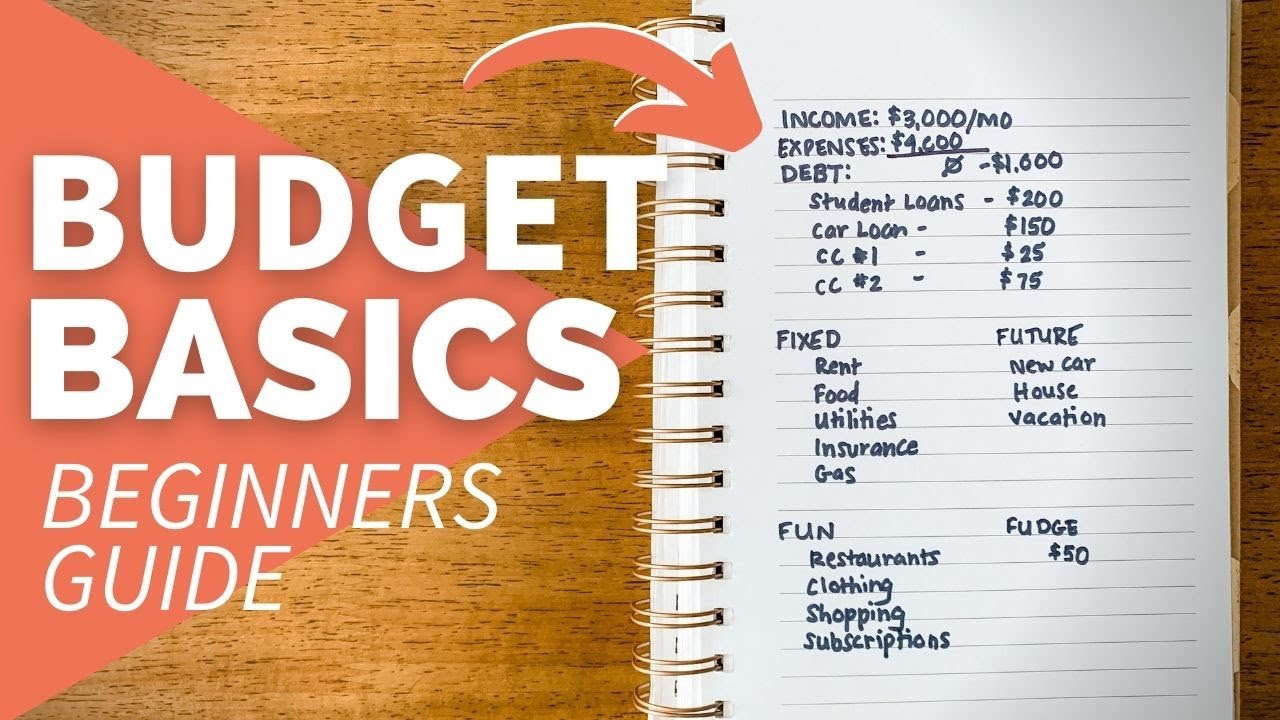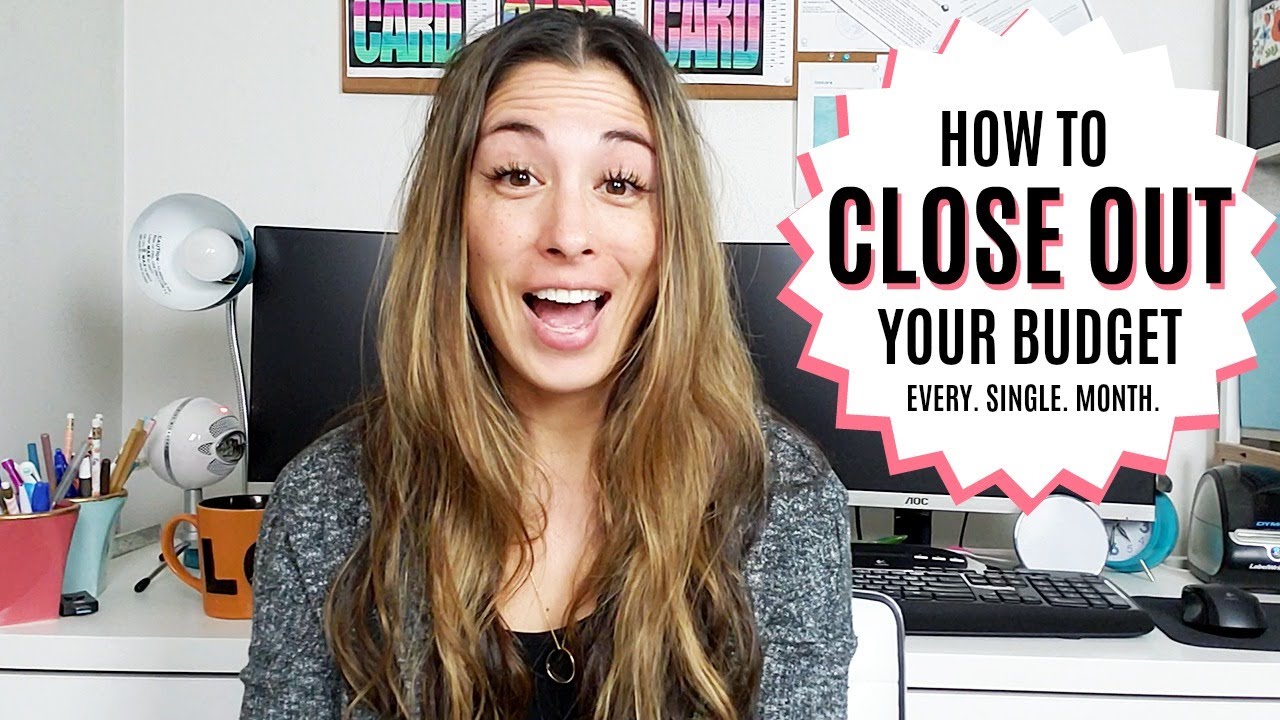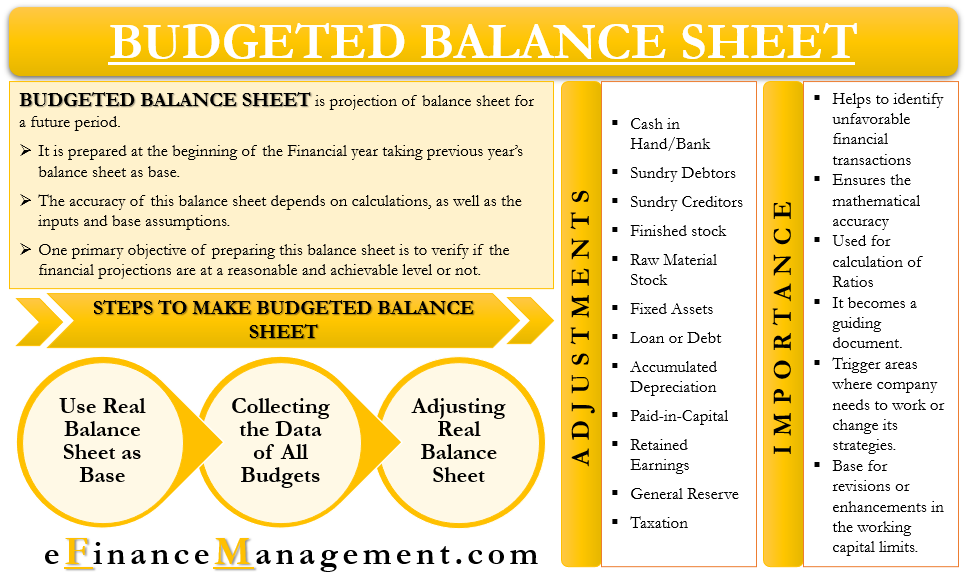How To Create Budget Sheet Templates
A budget sheet is a kind of ledger that shows the yearly budget appropriation, budget release, and budget spending. Under the new accounting system, it is one of the most significant statements kept by operational-level government departments. Officers at the operational level must.
The budget sheet, format, and budget chart keep track of their monthly budget expenses and are reported to the central level officer at the end of each month. A budget sheet is a statement that is created using financial transaction journal vouchers. It has 12 major headings and 40 subheadings for expenses.
The Significance Of The Budget Sheet
- It provides information on the budget headings that are appropriate for budget release, as well as the amount spent on each budget heading and the balance remaining on each budget heading.
- It provides information on budget release, such as how much has been released and how much remains to be released.
- It instructs operational level officers on how to spend money on major and sub-heads.
- It is a crucial tool for managing an office's budget.
- It displays the amount of the yearly allocation for each budget heading and simplifies the preparation of the statement of expenditures.
A Section Of The Budget Sheet
According to the sample form, each budget sheet is split into three components, as follows:
- Annual Appropriation Section:
This section discusses budget allocation under several headings. Various columns represent the authorised budget amount for different budget headings for the fiscal year. To fill out the items in this section, no journal voucher is required. The central level office sometimes sends extra budgets and budget transfers. As a result, it is the top or initial element of the budget sheet.
- Budget Release Section:
The budget release section is the second or middle portion of a budget sheet, and it shows the amount of budget release received for each head and sub-head on a regular basis. The amount of the budget release comes from the office of the treasury and comptroller's overall yearly budget allotment. This section also includes the amount received as an initial revolving fund and a supplementary revolving fund.
The budget is released on a monthly or four-monthly basis by the Treasury and Comptroller's Office. This section should be closed at the conclusion of each fiscal year by transferring the excess into a frozen account or consolidated fund account. In the column of concerned headings, the excess budget on each line of spending is shown in brackets.
- Budget Expenditure Section:
The budget spending section is the fourth and last component of the budget sheet. All budget expenditures for the period are listed in this section under several categories and subheads. It also kept track of the expenditures made using the petty cash money.
It should not keep track of transactions that have nothing to do with the budget head subheads. Payment in advance is also recorded. When a person receives an advance for a specific reason, it is documented in the budget head column and total column. The advance amount is indicated inside the bracket when the advance is cleared, but real spending is recorded outside the bracket.
Closing On A Monthly Basis
The budget that is closed at the end of the month is referred to as the "monthly closure." The monthly closing of budget sheets includes the closing of expenditures and budget releases. To determine the current month's spending, first find the sum of budget expenditures. The total spending for the current month is then added to the total expenditure for the previous month to get the total expenditure for the current month.
Similarly, at the conclusion of each month, the amount of budget release on each head for the current month is tallied and added to the total of the budget release received up to the previous month to calculate the amount of overall budget release received up to the current month.
Finishing Each
At the conclusion of the fiscal year, the budget sheet should be closed. The entire amount of budget spending and the total amount of budget released are included in the yearly close. The whole amount of budget spending is subtracted from the total amount of total budget release in the amount closure of the budget sheet to determine any surplus amounts.
The total amount of regular and supplemental budgets issued for the fiscal year, as well as the total amount of expenditures paid out over the years on each cost head or subhead, defines the budget sheet's annual closure. The fiscal year runs from April to March across the globe. The annual closure of the budget sheet is always completed by the end of April.
A Sample Of A Budget Sheet
The budget sheet is kept in the format defined by A.G.F. No. 8. It is divided into three primary sections:
- Annual Appropriations Section
- Budget Release Section
- Budget Expenditure Section
On the budget sheet, there are 12 major headings and 40 subheadings for budget expenses. The linked page has a general budget sheet format.

Budgeting for Beginners - How to Make a Budget From Scratch 2021
What Does It Mean To Have A "Budget Sheet"?
A budget sheet is a kind of ledger that displays the annual budget appropriation, release, and expenditure. It is one of the most important statements held by operational-level government agencies under the new accounting system. At the operational level, officers must.
The budget sheet, format, and budget chart are used to keep track of their monthly budget costs, which are then submitted to the central level officer at the end of the month. A budget sheet is a statement made up of vouchers from a financial transaction diary. For costs, there are 12 primary categories and 40 subheadings. In practice, 40 subheadings are seldom utilized in the same office at the same time. AGF No. 8 specifies the format of a budget sheet.
The Budget Sheet's Relevance
It lists the budget headings that are appropriate for budget release, as well as the amount spent on each budget heading and the balance remaining on each budget heading. It provides information on budget releases, such as how much has been released and how much remains to be released.
The Budget Sheet's Section
Each budget sheet is divided into three components, according to the example form:
Budget for the fiscal year:
Budget allocation is discussed in this section under numerous topics. The allowed budget amount for various budget categories for the fiscal year is shown in several columns. No journal voucher is needed to complete the tasks in this section.
Extra budgets and budget transfers are sometimes sent from the central level office. As a consequence, it is the first or most important item on the budget sheet.
Budget Release:
The budget release area of a budget sheet is the second or middle section, and it displays the amount of budget release received on a regular basis for each head and sub-head. The treasury and comptroller's total annual budget allocation provides the funding for the budget release. The amounts received as an initial revolving fund and a supplemental revolving fund are also included in this section.
The Treasury and the Comptroller's Office release the budget on a monthly or four-monthly basis. At the end of each fiscal year, this section should be closed by moving any surplus funds to a frozen or consolidated fund account. The extra budget for each line of expenditure is given in brackets in the column of relevant headings.
Budget Expenditure:
The budget expenditure section is the budget sheet's fourth and final component. This section lists the budget expenditures for the period under several categories and subheads. It also kept track of what was spent with the petty cash money.
Transactions that have nothing to do with the budget head subheads should not be tracked. Payments made in advance are also kept track of. The budget head column and total column are updated when a person gets an advance for a specified reason. When the advance is cleared, the amount of the advance is reported within the bracket, but actual expenditure is recorded outside the bracket.
Monthly Closure
"Monthly closure" refers to the budget that is closed at the end of the month. The closure of expenditures and budget releases is included in the monthly budget sheet closing. To figure out what you're going to spend this month, add up all of your budgeted expenses. The current month's total spending is then added to the prior month's total spending to arrive at the current month's total spending.
Similarly, the amount of budget release on each head for the current month is tallied and added to the sum of budget releases received up to the previous month to compute the amount of overall budget release received up to the current month at the end of each month.

How to Close Out Your Budget Every Month
Complete Each
The budget sheet should be closed at the end of the fiscal year. The yearly closure includes the overall amount of budget spent as well as the total amount of budget released. To calculate any surplus amounts, the entire amount of budget expenditure is reduced from the total amount of total budget release in the closing amount of the budget sheet.
The yearly closure of the budget sheet is determined by the total number of regular and supplementary budgets issued for the fiscal year, as well as the overall amount of expenditures paid out throughout the years on each cost head or subhead. Around the world, the fiscal year runs from April to March. The yearly budget sheet closing is always done by the end of April.
Conclusion
Once you've created your monthly budget, be sure to review it on a regular basis. It shouldn't be a static document that you just look at once a quarter or at the beginning of the year. Revisit it once a month to see where you can make changes or try new things, such as allocating some funds to boost your marketing budget for a few months and seeing how it affects your sales funnel.
If you discover that you're receiving a decent return, it's helpful information for future resource allocation choices. Examining your budget data can also assist you in forecasting future expenditure requirements, profitability, and cash flow.

